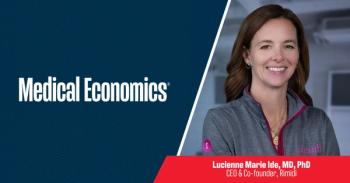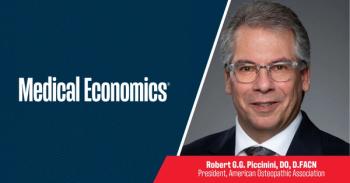
90th annual Physician Report: Most popular ancillary services in 2018
A slideshow of the top 14 ancillary services for internal medicine/family medicine practices in 2018.
Ancillary services are an important way for physicians to earn more revenue, especially with the rise of value-based care and declining reimbursement rates.But how much revenue are physicians earning through providing ancillaries, and how important are they for the bottom line?We asked physicians during our 90th annual Physician Report which ancillary services they provided and how much revenue they generated from them.Here's the list of the most popular ancillary services physicians used in 2018:Â
Newsletter
Stay informed and empowered with Medical Economics enewsletter, delivering expert insights, financial strategies, practice management tips and technology trends — tailored for today’s physicians.




